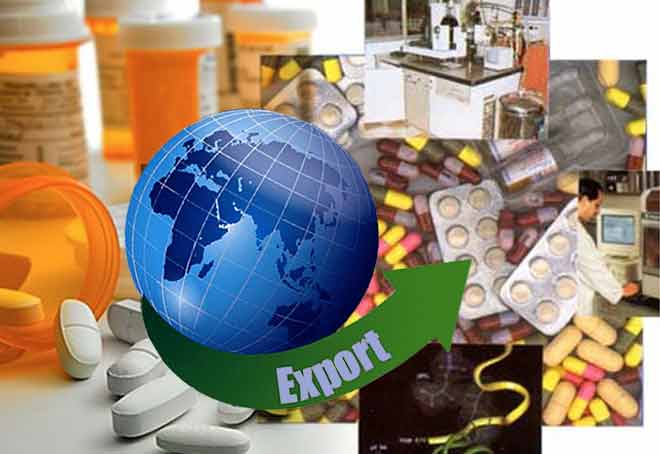
Unlocking Global Opportunities in Pharma Exports
India has emerged as a global leader in pharmaceutical manufacturing, producing high-quality, cost-effective medicines that meet international standards. With exports reaching over 200 countries, the Indian pharmaceutical sector presents lucrative opportunities for businesses aiming to expand globally. Exporting medicines allows companies not only to increase revenue but also to establish credibility and trust in international markets.
However, entering the global pharmaceutical market involves far more than shipping products abroad. It requires navigating complex regulatory frameworks, understanding target markets, ensuring compliance with international quality standards, and building reliable supply chains. Even minor mistakes in documentation, licensing, or packaging can result in shipment delays, regulatory penalties, or product rejection.
The growth potential for Indian pharmaceutical exports is immense. Rising healthcare awareness, increasing demand for affordable medications, and evolving regulations in both developed and developing countries create significant opportunities. High-demand products include antibiotics, analgesics, dermatology formulations, cardiovascular medicines, nutraceuticals, and pediatric drugs. To succeed, companies must adopt a structured approach, combining strategic planning, regulatory compliance, and robust partnerships with distributors or agents in the importing countries.
A carefully planned export strategy ensures profitability while maintaining quality standards. Companies must focus not only on production but also on market research, documentation, and logistical planning. Those investing in operational efficiency and understanding international regulations gain a competitive advantage.
This guide breaks the export process into clear, actionable steps, offering practical insights for small manufacturers entering global markets as well as established companies seeking to expand their international presence. By following this roadmap, Indian pharmaceutical businesses can navigate challenges and capitalize on the vast opportunities offered by global medicine exports.

Preparing for Export — Legal, Regulatory, and Market Readiness
Understanding Regulatory Requirements
Before exporting medicines, companies must comply with Indian and international regulations. Shipping products without proper approvals can lead to penalties, shipment rejection, and reputational damage.
Licensing and Certification :
- Obtain a valid manufacturing license (Form 10 & 11) for the products intended for export.
- Acquire an Importer-Exporter Code (IEC) from the Directorate General of Foreign Trade (DGFT).
- Ensure WHO-GMP or ISO certification to meet international quality standards.
Product Registration :
- Register products in countries where required, submitting complete dossiers and test reports.
- Proper registration prevents shipment rejections and builds credibility with local authorities.
Compliance with Drug Regulations :
- Verify labeling requirements, language mandates, and storage guidelines.
- Ensure all product details, dosage instructions, and safety information are clearly indicated.
Market Research and Targeting
Effective export begins with comprehensive market research:
- Identify high-demand products such as generic drugs, nutraceuticals, and specialty formulations.
- Analyze pricing, competition, and distribution channels.
- Evaluate import restrictions, taxes, and duties to assess profitability.
Benefits of Market Research :
- Reduces the risk of regulatory issues.
- Helps tailor products to meet local preferences.
- Provides realistic forecasting for shipment volumes.
Building a Distribution Network
Strong partnerships in the destination country are critical:
- Collaborate with reliable distributors or agents who understand the local market.
- Clearly define territory, minimum order quantities, and delivery schedules in agreements.
- Maintain transparent communication and timely support to strengthen trust.
Supporting Your Partners :
- Provide product training and marketing materials.
- Share samples, brochures, and digital resources.
- Offer online support tools to simplify ordering and communication.
Logistics and Supply Chain Considerations :
- Plan cold-chain logistics for temperature-sensitive products.
- Use experienced freight forwarders for international shipments.
- Maintain insurance coverage to prevent financial losses during transit.
By addressing regulatory compliance, conducting detailed market research, and building a strong distribution network, companies lay the foundation for successful pharmaceutical exports.